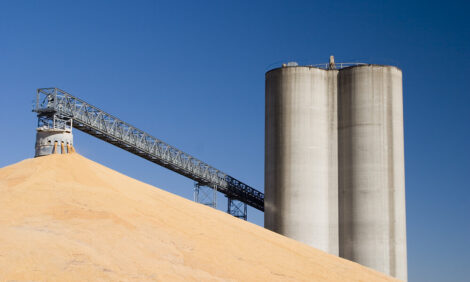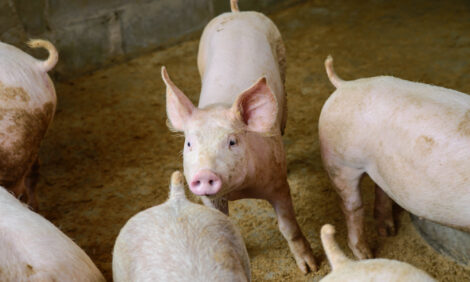



CME: Pork Packer Margins Dismal All Year
US - Anyone wondering about the reasons behind Smithfield Foods and Tyson Fresh Meats idling pork plants on Monday need only look at the graph below, says CME's Daily Livestock Report for 14 July.
Pork packer margins have been dismal
all year but have hit their lowest level in our data set which goes back to 1992. The $5.31/head for the week
of July 4 is the worst ever and plenty good reason for a lack of enthusiasm for operating plants. Smithfield’s
Sioux City, Iowa and Sioux Falls, SD plants were reportedly dark on Monday. Those reports came from dealers
and producers who supply the plants as the company does not comment on operations. Tyson Fresh
Meats’ Columbus Junction, IA plant was also dark on Monday and that was confirmed by the company. Monday’s
slaughter was estimated at only 360,000 head, compared to 423,000 on year ago.
It should be pointed out that temporary shutdowns of pork slaughter plants are not terribly unusual
at this time of year. Packer margins are usually near their lowest level of the year in the summer months
when hog supplies tighten and hog prices rise. Taking a day off usually allows some much needed maintenance
work to be done and saves the company some bucks. We wouldn’t be surprised to see some more of
this in the next few weeks if margins stay this poor.
The packer margin graph represents gross, not net, packer margins. It is simply the value of the
carcass less the value of the live animal plus the value of the carcass by-products such as fat and organ
meats (often referred to as "variety meats"). Packers must still pay all non-livestock costs from this margin
and those are estimated to be anywhere from $16 to $22 per head, depending primarily on whether the plant
runs single or double shifts.
What is so concerning about these margins is that they have occurred with very low hog prices.
And the lesson there is that cutout values have been positively awful — especially for this time of year. In
fact, the cutout value for the week of July 4 ($54.65/cwt carcass) was the lowest so far this year. While last
week’s May export data was not as bad as some had feared, the H1N1 influenza export demand problems
(whether market-driven as in Mexico or politics-driven as in China and Russia) have still put 3% or so of U.S.
production back on the U.S. market. Add another 1.8% or so for higher-than-expected slaughter and 1%
(and perhaps more) for higher slaughter weights, and you have a huge supply surge that can only be moved
at lower prices. So, at a time when cutout values are usually making annual highs, they are making annual
(at least so far) lows this year.

But there has been a positive development. Figure 1 below indicates that barrow and gilt slaughter weights have finally declined, falling 2 pounds to 197 pounds the week of June 26. That puts weekly weights within 3 pounds of last year instead of 4 and 5 pounds higher as they have been for much of the summer. Producers have been trying to get weights down and are apparently making some headway but backing up 50-60 thousand head for one day will work against the reduction in the short run. Lower feed price will slow the trend in the longer term.









